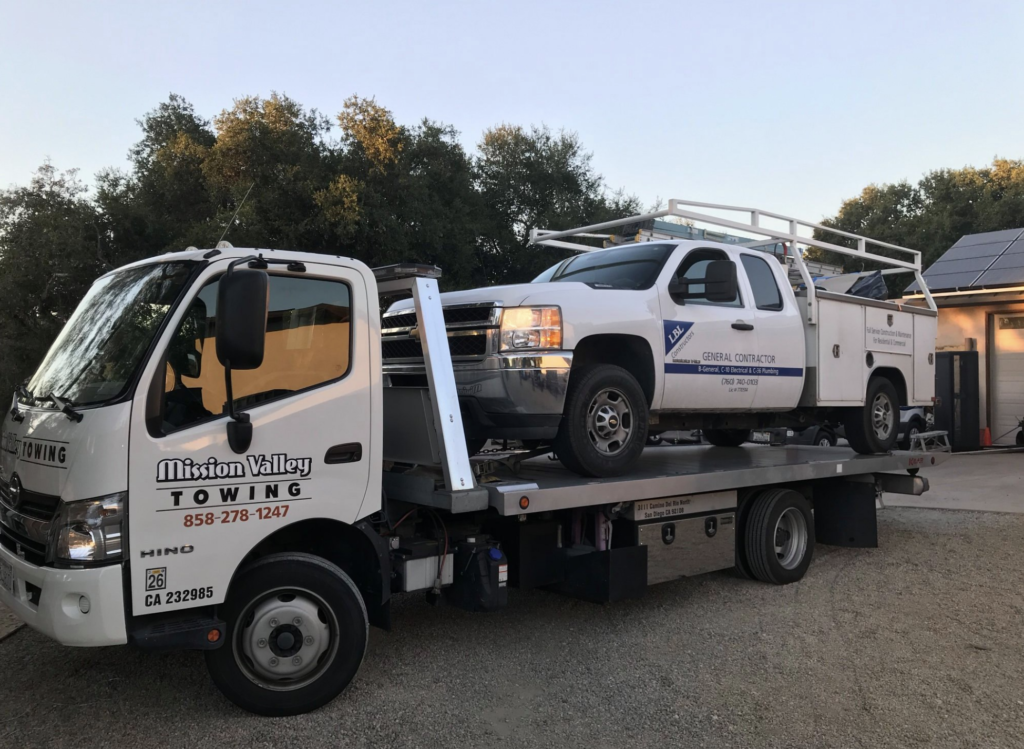Imagine this scenario for a moment: the car has broken, we must pay for the repairs, but we cannot move it. In addition to the payment to get it fixed, we will have an extra expense: roadside assistance. All of us who have a car know how expensive that can be. This, for example, is the personal experience of someone who urgently needed assistance:
I own a clunker. It guzzles gas and makes strange noises. A couple of weeks ago, I got into the car, turned the key, and it made no noise. After an hour of trying and cursing, I gave up. Another hour later, I was riding shotgun in a tow truck, glaring at my broken car in the rearview mirror.
Two hours of car trouble was bad enough, but then the tow truck driver told me it would cost extra to cross county lines. It was also going to cost extra since my problem was “probably related to the key” – whatever that means. In the end, I paid $100 to have my car towed 8 miles home.
I paid too much because I didn’t plan ahead. Only later did I learn that cheap roadside assistance is available. In fact, you may already have it.1
A minor roadside breakdown, flat tire, dead battery or an empty gas tank can quickly ruin your day. These kinds of incidents are the bread and butter of roadside assistance plans and they will step in to save the day.
Most of the roadside assistance programs come with restrictions, and sometimes the cheapest plans aren’t worth the limitations. It´s necessary that before you make the decision or sign up, have the following very clear:
Does the plan cover the car or the driver? If the spouse or teenage driver takes the car, you need them to be covered under the roadside assistance plan. Making sure the car is covered no matter who is driving.
If you have a rental or borrow a friend’s car, you want to know you’re covered when the tire blows.
Most auto clubs have them. For example, the Better World Club charges a one-time $12 signup fee.
If you only get one tow, it may be cheaper just to pay for it outright and skip the membership.
With a basic AAA membership, you can have your car towed 3 miles max. Any further and you’ll pay extra. But, most of the times, when something happens, you are not so lucky, and you might be more than 3 miles away.
What else can we do?
Some new cars come with a warranty that covers roadside assistance, for certain time. The coverage varies, but you can typically use it if you lock yourself out of the car, run out of gas, or need a tow.
Some credit card companies, for example, Bank of America is one of them; offer roadside assistance for free.
You can add roadside and towing assistance to your insurance plan. While the cost varies depending on location and the type of car, these are the estimates:
Progressive – $3 per month
Geico – $1.83 per month
State Farm – $4.10 per month
AAA – The granddaddy of auto clubs, the American Automobile Association has three membership tiers. Basic membership gets roadside and short-distance towing. As an AAA Plus member, you can tow up to 100 miles and receive lock-out assistance. Premier members get up to 200 miles of free towing and 24-hour concierge service. The cost of each plan varies depending on where you live, but they range from under $50 to more than $130.
Better World Club – The BWC is an auto club with an environmentally friendly concept: You can purchase roadside assistance for your bicycle and get discounts for renting hybrids – but you’ll have to pay more if you own a gas guzzler like a Hummer. Basic membership costs $55.95 per year. Premium membership costs $89.95.
Good Hands Roadside Assistance – Not really an auto club, but Allstate’s program is open to everyone. There are no annual fees, but you’ll pay per use. Towing costs $75 for the first 10 miles and $3 per mile after that. If you need another service (like a tire change), it costs $50.

